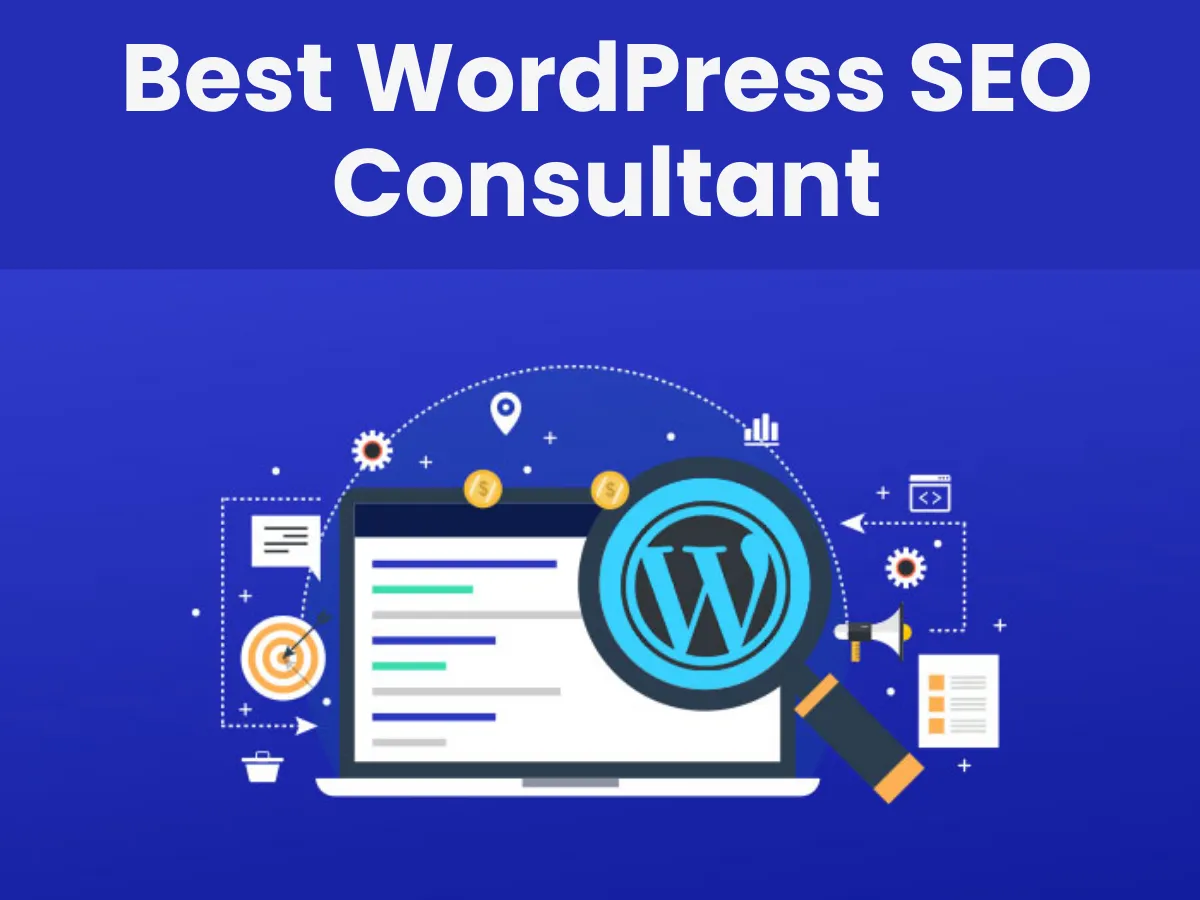Your online presence is often the first impression potential clients get of your architectural firm.
SEO (Search Engine Optimization) is essential to ensure that your work is seen by the right people. Effective SEO can help you rank higher in search results, attract more clients, and grow your business.
This guide will walk you through the most important SEO strategies tailored specifically for architects in 2024.

What is SEO for Architects?
SEO for Architects refers to the process of optimizing an architect’s online presence, particularly their website, to improve visibility in search engine results pages (SERPs).
The goal is to attract more relevant traffic to the site, thereby increasing the likelihood of securing more clients.
Since architecture is a highly visual and localized field, SEO strategies for architects focus on a combination of general SEO practices, local SEO, and visual content optimization.
Why is SEO Important for Architects?
SEO is important for architects because it directly impacts the visibility of their business online. With a strong SEO strategy, architects can:
- Reach Local Clients: Most people looking for architectural services will search locally. Local SEO helps ensure your business appears in these searches.
- Showcase Expertise: By ranking for industry-relevant keywords, you can demonstrate your expertise and attract clients who are looking for specific skills or services.
- Increase Leads: Higher visibility in search results leads to more website traffic, which can translate into more inquiries and, ultimately, more projects.
In a highly competitive field like architecture, where visual appeal and local presence are key, a well-executed SEO strategy can make a significant difference in your ability to attract and convert potential clients.
8 Proven SEO Strategies for Your Architecture Firm’s Website
Boost your architecture firm’s online visibility with these 8 proven SEO strategies: focus on local SEO, optimize your portfolio pages, use schema markup, regularly update content, and improve your website’s speed and mobile-friendliness. Implement these tips to attract more clients and grow your business.
1. Focus on Local SEO
Why Local SEO is Critical
For architecture firms, the majority of clients come from the local area. Therefore, optimizing your website for local search is essential to ensure your firm appears in search results when potential clients are looking for architectural services nearby.
Key Strategies:
- Google Business Profile (GBP) Optimization: Claim and optimize your GBP profile. Ensure all your business details, such as your address, phone number, and hours of operation, are accurate. Add high-quality images of your projects and encourage satisfied clients to leave reviews.
- Local Keywords: Incorporate location-based keywords into your website content. For example, instead of “modern residential architecture,” use “modern residential architecture in [Your City].”
- Local Backlinks: Partner with local businesses, industry associations, and community websites to earn local backlinks. This helps build authority and boosts your local SEO.
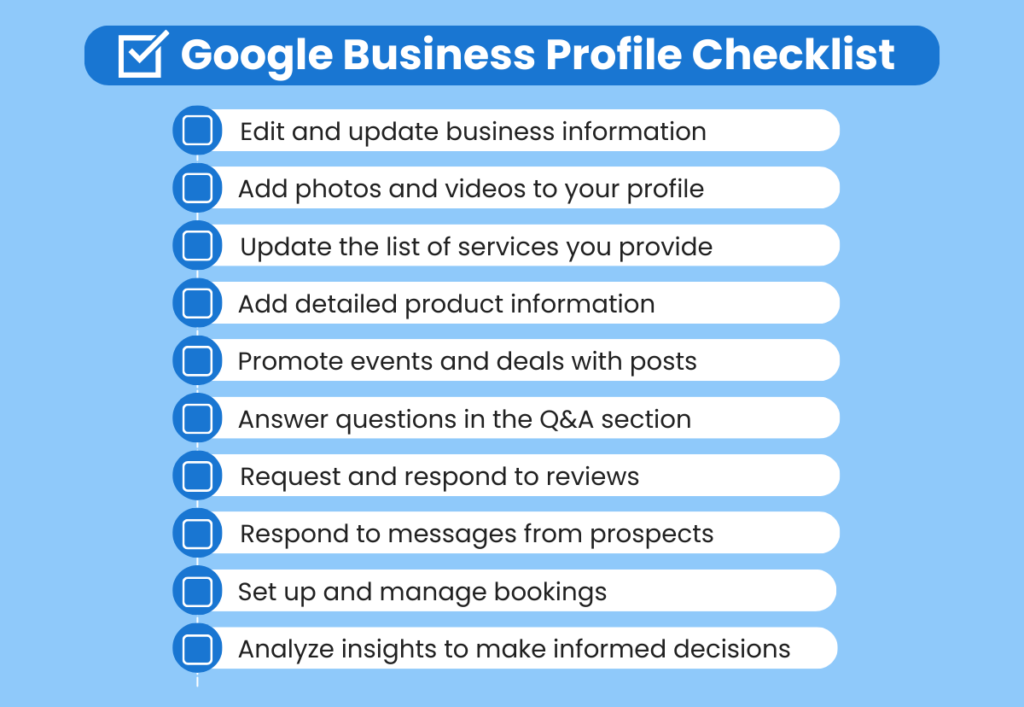
2. Optimize Your Portfolio Pages for SEO
Why Portfolio Pages Matter
Your portfolio is the heart of your architecture website, showcasing your firm’s best work. However, without proper SEO, even the most stunning portfolio can go unnoticed.
Key Strategies:
- Image Optimization: Ensure all images in your portfolio have descriptive file names and alt text. This not only improves accessibility but also helps your images rank in Google Image search.
- Project Descriptions: Write detailed descriptions for each project, including the project scope, challenges, and solutions. Use keywords naturally within these descriptions to enhance SEO.
- Internal Linking: Link related projects together to create a web of internal links, which can help search engines better understand your content.

3. Leverage Schema Markup
Why Schema Markup is Important
Schema markup is a type of microdata that helps search engines understand the content of your website better. It can enhance your search engine listings with rich snippets, making your site more attractive to potential clients.
Key Strategies:
- Project Schema: Implement schema markup on your portfolio pages to highlight important details like project type, location, and completion date.
- Review Schema: Use review schema to display star ratings from client testimonials directly in search engine results.
- Service Schema: Add schema for your services to provide search engines with detailed information about what you offer.
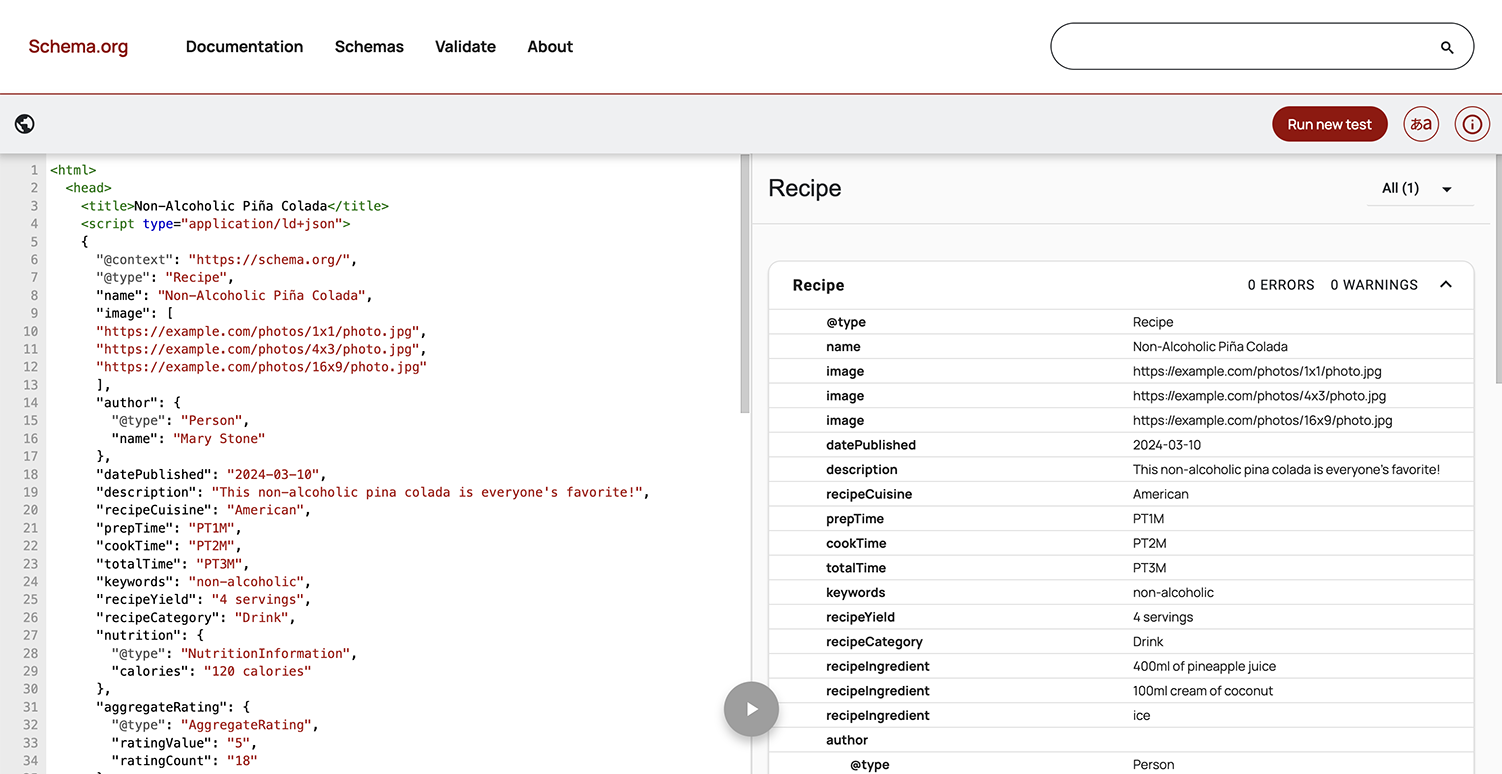
4. Create Valuable Blog Content
Why Blogging Helps SEO
Regular blogging helps your architecture firm’s website stay fresh and relevant. It also provides an opportunity to target long-tail keywords and answer common client questions, positioning your firm as an authority in the field.
Key Strategies:
- Long-Tail Keywords: Focus on blog topics that address specific queries your potential clients might have, such as “How to design an eco-friendly home in [Your City].”
- Evergreen Content: Create content that remains relevant over time, like guides on selecting the right architect or trends in sustainable design.
- Guest Blogging: Write guest posts for other reputable websites in the architecture and construction industry to build backlinks and increase your site’s authority.
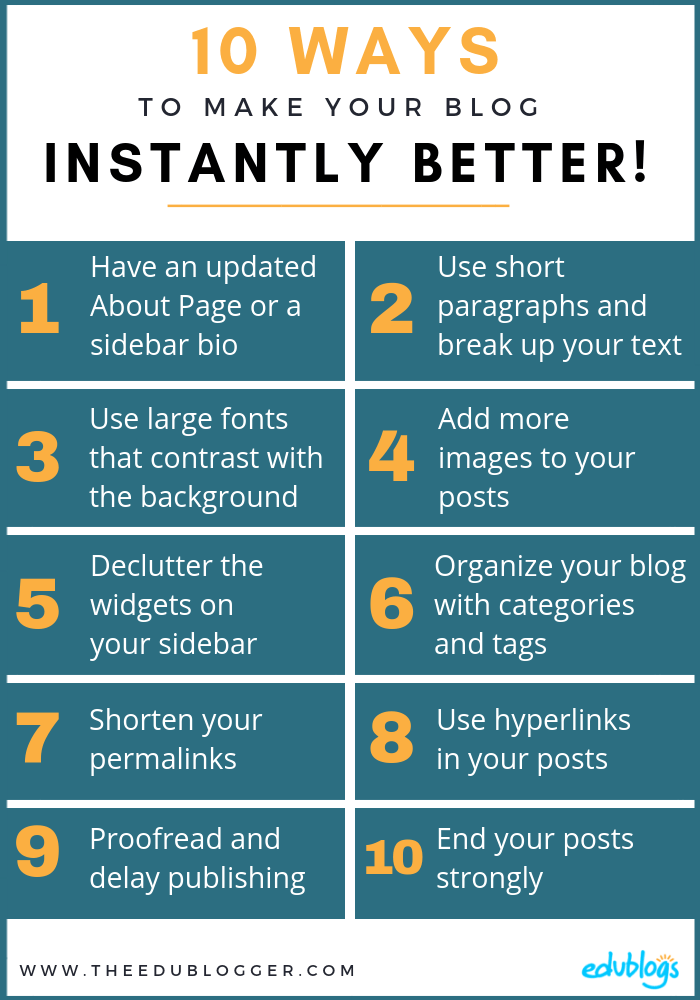
5. Optimize for Mobile
Why Mobile Optimization is a Must
With more than half of web traffic coming from mobile devices, having a mobile-optimized website is non-negotiable. Google also considers mobile-friendliness as a ranking factor, making it crucial for SEO.
Key Strategies:
- Responsive Design: Ensure your website is responsive, meaning it automatically adjusts to fit the screen size of any device.
- Mobile-Friendly Content: Use larger fonts, easy-to-click buttons, and avoid large blocks of text to enhance the mobile user experience.
- Mobile Speed: Test your site’s mobile speed using tools like Google’s Mobile-Friendly Test and make necessary adjustments to improve load times.
6. Speed Up Your Website
Why Website Speed is Crucial
A fast-loading website not only provides a better user experience but also ranks higher in search results. Slow websites can lead to higher bounce rates and lost potential clients.
Key Strategies:
- Image Compression: Use tools to compress images without losing quality to reduce page load times.
- Lazy Loading: Implement lazy loading for images and videos so they load only when they come into view.
- Content Delivery Network (CDN): Use a CDN to serve your website content faster by reducing the physical distance between your server and your visitors.
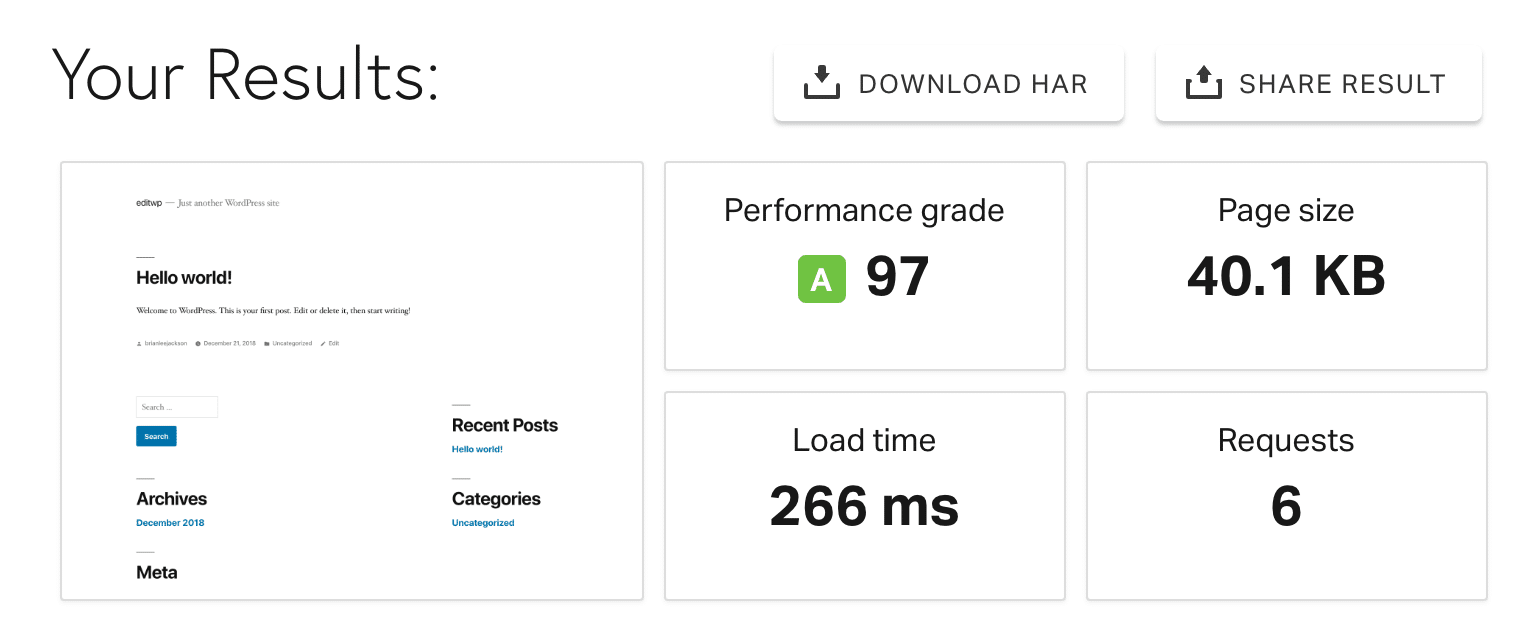
7. Utilize Social Proof and Testimonials
Why Social Proof Matters
Potential clients trust the opinions of others. Displaying testimonials and case studies on your website can significantly increase trust and credibility, leading to more inquiries and conversions.
Key Strategies:
- Testimonial Pages: Create a dedicated testimonial page featuring quotes from satisfied clients, accompanied by project photos.
- Integrated Reviews: Display reviews from platforms like Google, Houzz, and Yelp on your website. Use plugins to pull in the latest reviews automatically.
- Case Studies: Develop in-depth case studies that showcase how you’ve solved specific client challenges. Highlight measurable results, such as project timelines and budget adherence.

8. Regularly Update Your Content
Why Regular Updates are Necessary
Search engines favor websites that are consistently updated with fresh, relevant content. Regularly refreshing your website not only helps with SEO but also keeps your audience engaged.
Key Strategies:
- Portfolio Updates: Add new projects to your portfolio as soon as they are completed. Update existing project pages with new images or information.
- Blog Post Refresh: Periodically review your blog posts and update them with new data, trends, or insights to keep them current.
- SEO Audits: Conduct regular SEO audits to identify outdated content, broken links, and other issues that could negatively impact your site’s performance.
The Bottom Line
SEO is a powerful tool that can help architects attract more clients and grow their business. By optimizing your website, creating valuable content, leveraging local SEO, and building a strong online reputation, you can ensure that your firm stands out in 2024 and beyond.
Thank you for taking the time to read this guide! If you have any questions or need further assistance, feel free to leave a comment below or reach out to us directly.
Recommended Reading:




